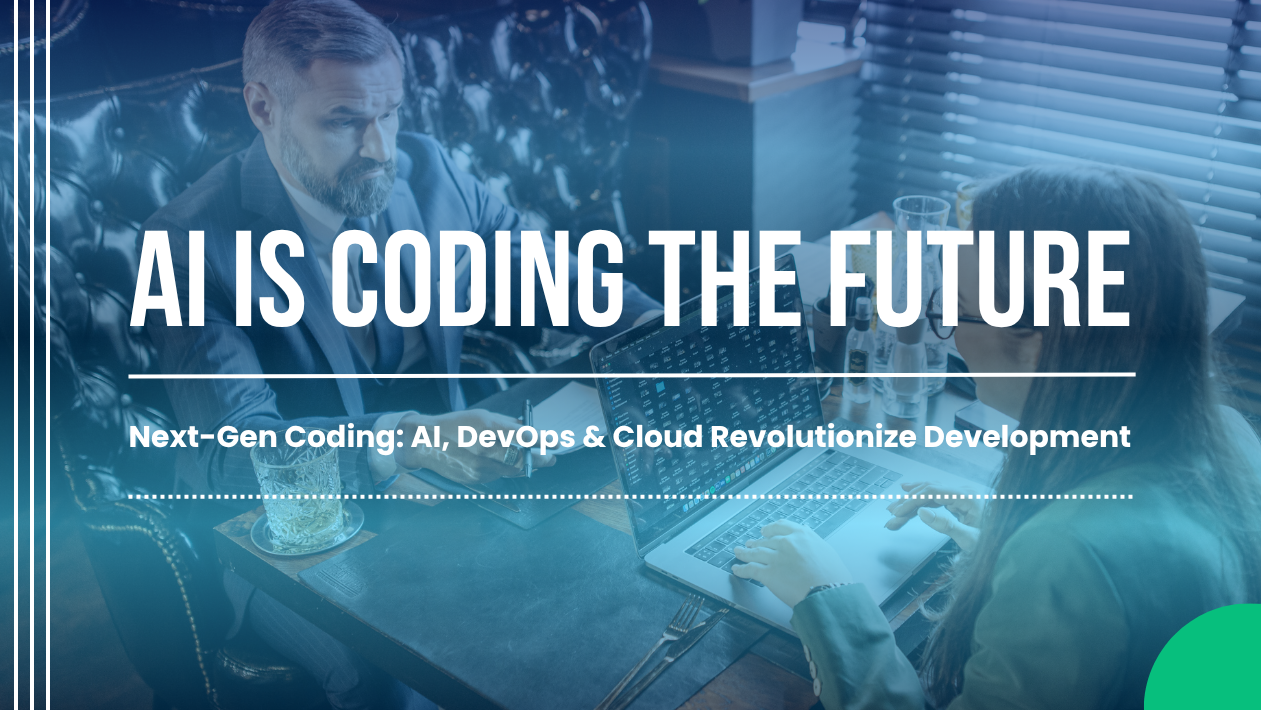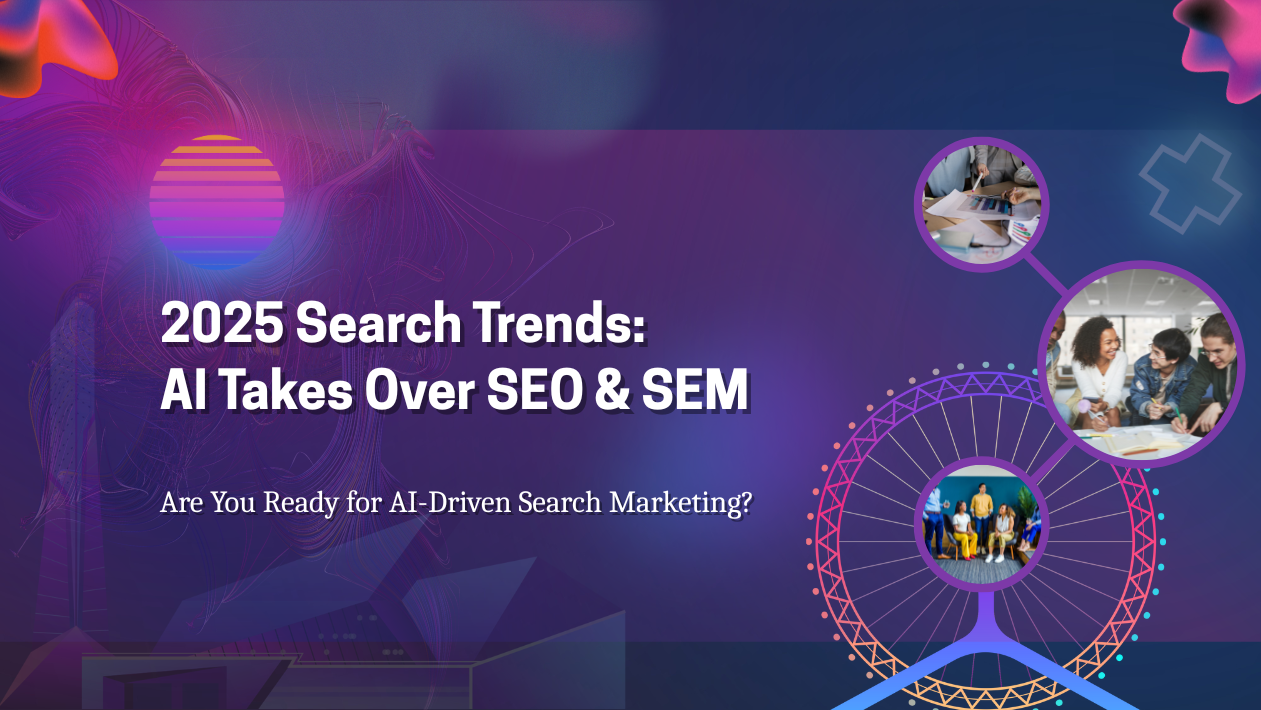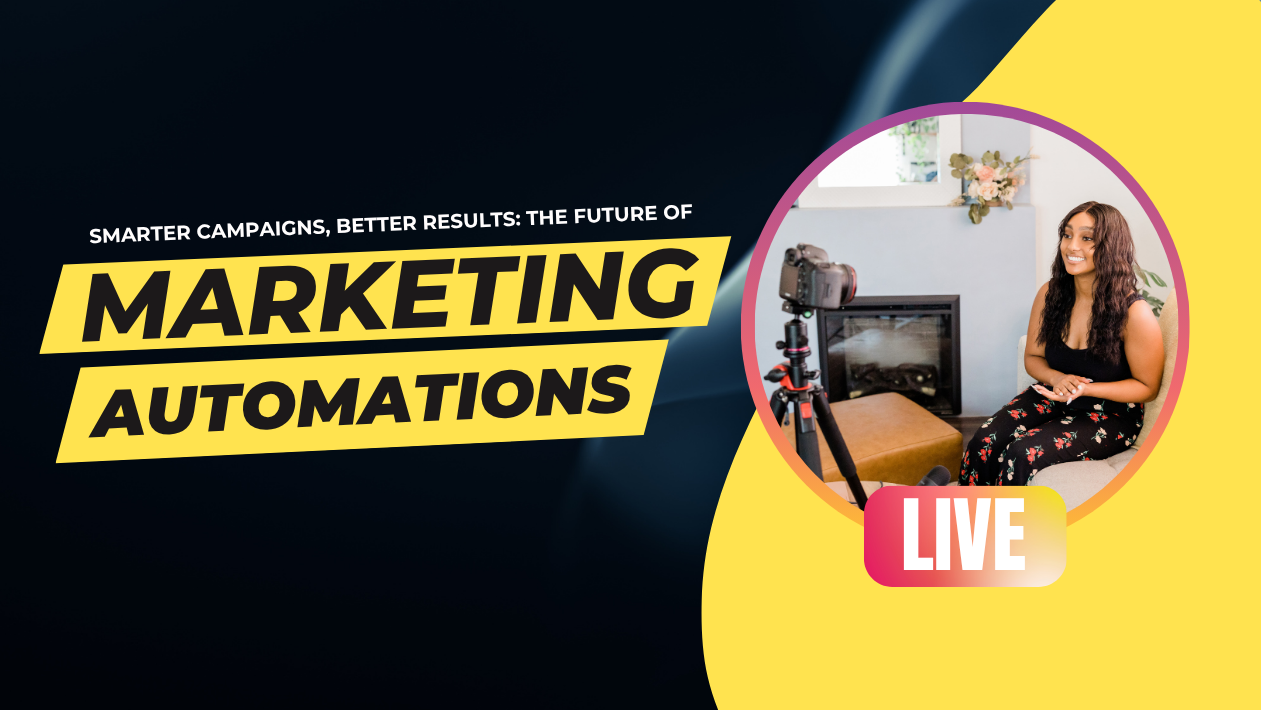The cybersecurity landscape in 2025 is more complex than ever, as businesses, governments, and individuals face increasingly sophisticated digital threats. From AI-driven cyberattacks to large-scale ransomware incidents, organizations are responding with advanced defense systems, zero-trust architectures, and quantum-proof encryption to safeguard critical data.
AI: Both a Weapon and a Shield
Hackers are now using AI to automate phishing campaigns, create deepfake content, and exploit vulnerabilities at scale. In response, cybersecurity firms are deploying AI-powered defense systems capable of detecting anomalies in real time, predicting attack vectors, and automatically neutralizing threats before they escalate.
Major players like Palo Alto Networks, CrowdStrike, and Microsoft are rolling out self-healing networks that can adapt to evolving cyber risks.
Zero-Trust Security Becomes the Global Standard
Zero-trust—where no user, device, or network is trusted by default—is now the dominant framework for enterprises worldwide. Businesses are implementing multi-factor authentication, continuous monitoring, and identity-based access control to reduce insider threats and prevent unauthorized entry.
Governments in the U.S., EU, and Asia have mandated zero-trust adoption across public agencies, accelerating its global rollout.
Ransomware and Supply Chain Attacks Intensify
Ransomware remains the top cybersecurity threat in 2025, targeting hospitals, financial institutions, and even critical infrastructure. Criminal groups are exploiting software supply chains, infiltrating vendors to reach thousands of downstream businesses in a single attack.
To counter this, companies are investing in supply chain security audits and real-time monitoring tools to ensure third-party resilience.
Quantum-Ready Encryption on the Horizon
With quantum computing breakthroughs expected later this decade, cybersecurity experts are developing quantum-resistant algorithms to protect sensitive data. Financial institutions, defense agencies, and healthcare providers are early adopters, preparing for a future where traditional encryption could be broken in minutes.
Cybersecurity Skills Gap Widens
Despite technology advances, the global shortage of skilled cybersecurity professionals is at a record high. Organizations are turning to AI-assisted security operations and automated incident response to fill gaps, while universities and bootcamps accelerate cybersecurity training programs.
The Road Ahead: Proactive and Predictive Security
Cybersecurity in 2025 is no longer about defense alone—it’s about prediction and prevention. As threats evolve, organizations must combine AI, automation, and human expertise to stay ahead in the digital arms race.
In a hyper-connected world, cybersecurity is not just an IT issue—it’s a business, national security, and societal priority.





